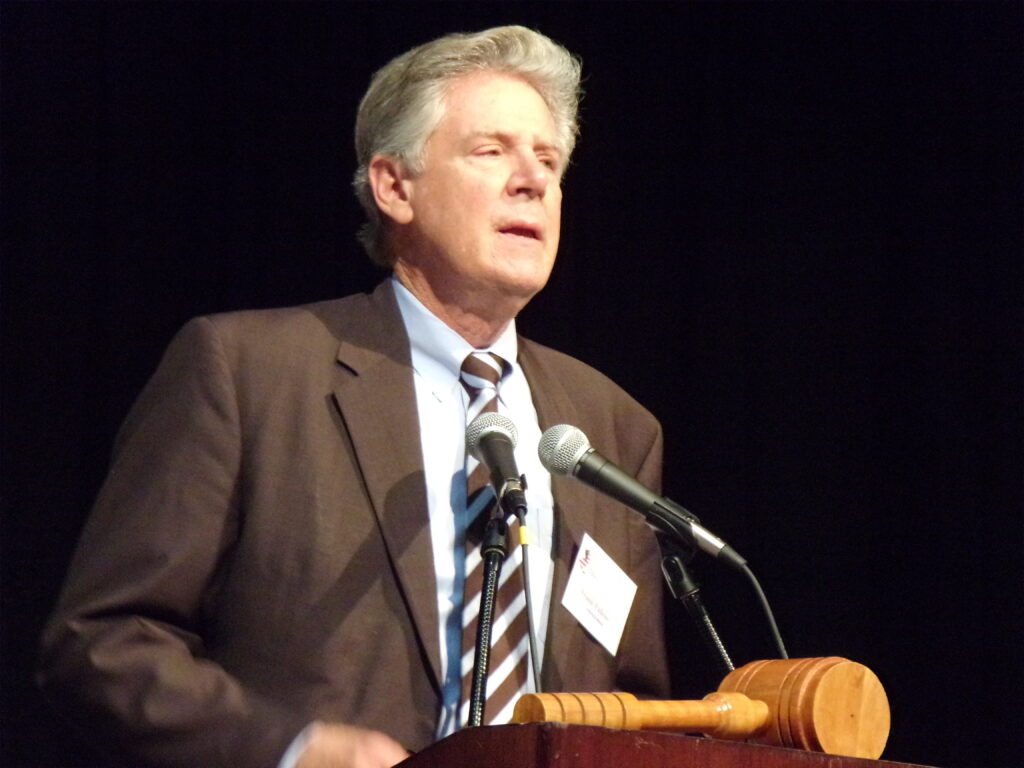The USW Nurses’ Strike in Local Area Triggers Nationwide Discussion on Staffing Issues
In recent weeks, a nurses’ strike organized by the United Steelworkers (USW) union in a local area has sparked a nationwide conversation about staffing issues in the healthcare industry. The strike, which involved thousands of nurses demanding better working conditions and increased staffing levels, has shed light on the challenges faced by healthcare professionals across the country.
The USW nurses’ strike began after months of negotiations between the union and local hospitals failed to yield satisfactory results. Nurses cited concerns over inadequate staffing levels, long working hours, and burnout as the primary reasons for their decision to strike. They argued that these issues not only jeopardize patient safety but also negatively impact their own well-being.
One of the key demands made by the striking nurses was the implementation of nurse-to-patient ratio laws. These laws would mandate specific nurse-to-patient ratios, ensuring that nurses are not overwhelmed with excessive workloads and can provide quality care to their patients. Proponents of such laws argue that they are essential for maintaining patient safety and preventing medical errors.
Opponents of nurse-to-patient ratio laws, however, argue that they are too rigid and fail to take into account the unique circumstances of each healthcare facility. They argue that staffing needs can vary depending on factors such as patient acuity, hospital size, and geographical location. Instead of mandated ratios, they propose that hospitals should have the flexibility to determine appropriate staffing levels based on these factors.
The USW nurses’ strike has reignited the broader discussion on staffing issues in the healthcare industry. Many healthcare professionals across the country have expressed solidarity with the striking nurses, sharing their own experiences of being overworked and understaffed. They argue that the current staffing crisis is not limited to a single local area but is a widespread problem affecting hospitals and healthcare facilities nationwide.
According to a report by the American Nurses Association (ANA), inadequate staffing levels have been linked to increased patient mortality rates, higher rates of healthcare-associated infections, and decreased patient satisfaction. The report also highlights the impact of staffing shortages on nurses themselves, including increased burnout, job dissatisfaction, and higher turnover rates.
In response to the USW nurses’ strike and the broader staffing crisis, some states have taken steps to address the issue. California, for example, implemented nurse-to-patient ratio laws in 2004, becoming the first state to do so. Studies have shown that these laws have had positive effects, including improved patient outcomes and increased nurse job satisfaction.
However, implementing nurse-to-patient ratio laws on a nationwide scale remains a contentious issue. Critics argue that such laws could lead to unintended consequences, such as increased healthcare costs and potential shortages of nurses in certain areas. They suggest that a more comprehensive approach is needed, including investment in nursing education and recruitment, as well as addressing the underlying causes of the staffing crisis.
The USW nurses’ strike has brought staffing issues in the healthcare industry to the forefront of public discourse. It has highlighted the urgent need for solutions that prioritize patient safety and the well-being of healthcare professionals. As the nationwide discussion continues, finding a balance between mandated ratios and flexible staffing models will be crucial in addressing the challenges faced by nurses and ensuring high-quality care for all patients.


